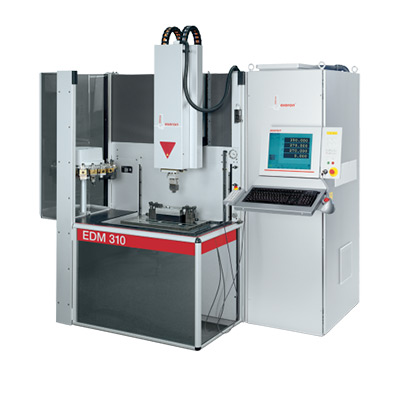High-Quality Power Steering Hose Pipe - Durable and Reliable Solutions
Understanding Power Steering Hose Pipe Importance, Types, and Maintenance
The power steering system in modern vehicles is an essential component that enhances drivability and maneuverability. At the heart of this system lies the power steering hose pipe, a critical element responsible for transmitting hydraulic fluid between the power steering pump and the steering gear. Without a properly functioning power steering hose pipe, drivers would experience significant difficulty while steering, especially at lower speeds.
What Is a Power Steering Hose Pipe?
The power steering hose pipe functions as a conduit for hydraulic fluid, which assists in converting the driver's steering effort into control over the vehicle’s wheels. The system typically consists of two main types of hoses the high-pressure hose and the return hose. The high-pressure hose transports hydraulic fluid from the pump to the steering gear at high pressure, while the return hose carries the fluid back to the pump after it has assisted in steering.
Types of Power Steering Hose Pipes
1. High-Pressure Hose This hose is reinforced to withstand the high levels of pressure generated by the power steering pump. It is usually made from a combination of rubber and metal braiding, allowing it to resist the extreme stresses that come with hydraulic fluid flow.
2. Return Hose In contrast, the return hose operates at a lower pressure, allowing for more flexibility. This hose is generally made from rubber and can often be found without the metal reinforcement seen in high-pressure hoses.
3. Integrated or Braided Hoses Some modern vehicles use specialized integrated hoses, which combine both high-pressure and return functionalities into a single unit. These hoses are designed to reduce the potential for leaks and enhance the overall efficiency of the power steering system.
power steering hose pipe

Importance of Power Steering Hose Pipe Maintenance
Regular maintenance of the power steering hose pipe is crucial for the longevity of the power steering system. Over time, hoses may experience wear and tear due to factors such as exposure to high temperatures, fluid leaks, or damage from road debris. The following are essential maintenance practices
- Regular Inspections Drivers should periodically check their power steering hoses for any signs of wear, such as cracks, bulges, or leaks. Addressing these issues early can prevent more significant problems down the line.
- Fluid Checks Maintaining the right level and quality of the power steering fluid is vital. Contaminated fluid can cause damage to not only the hoses but also other components of the steering system.
- Replacement If worn or damaged hoses are identified, they should be replaced promptly. Ignoring these signs can lead to a complete steering failure, which poses a serious safety risk.
Conclusion
In summary, the power steering hose pipe plays a vital role in enhancing vehicle control and comfort. Understanding its types, functions, and maintenance is essential for any vehicle owner. Prioritizing regular inspections and timely replacements can help ensure the efficient operation of the power steering system, ultimately leading to a safer driving experience. By being proactive about maintenance, drivers can significantly extend the lifespan of their vehicle’s power steering components and enjoy smoother, more responsive handling on the road.
-
Ultimate Spiral Protection for Hoses & CablesNewsJun.26,2025
-
The Ultimate Quick-Connect Solutions for Every NeedNewsJun.26,2025
-
SAE J1401 Brake Hose: Reliable Choice for Safe BrakingNewsJun.26,2025
-
Reliable J2064 A/C Hoses for Real-World Cooling NeedsNewsJun.26,2025
-
Heavy-Duty Sewer Jetting Hoses Built to LastNewsJun.26,2025
-
Fix Power Steering Tube Leaks Fast – Durable & Affordable SolutionNewsJun.26,2025

